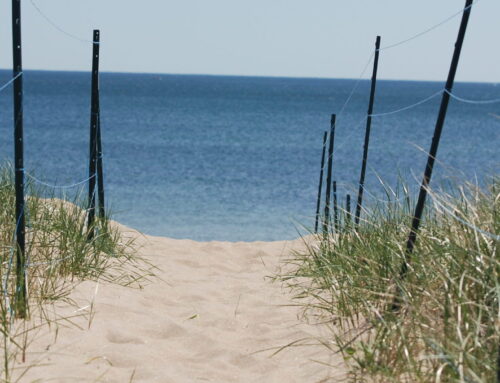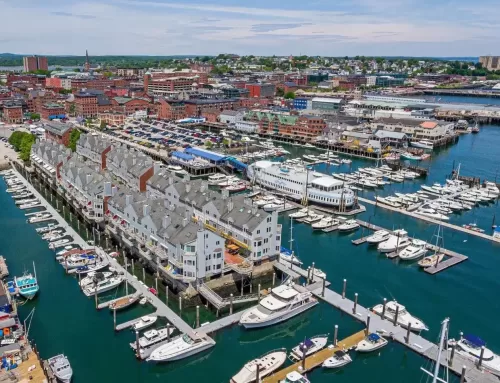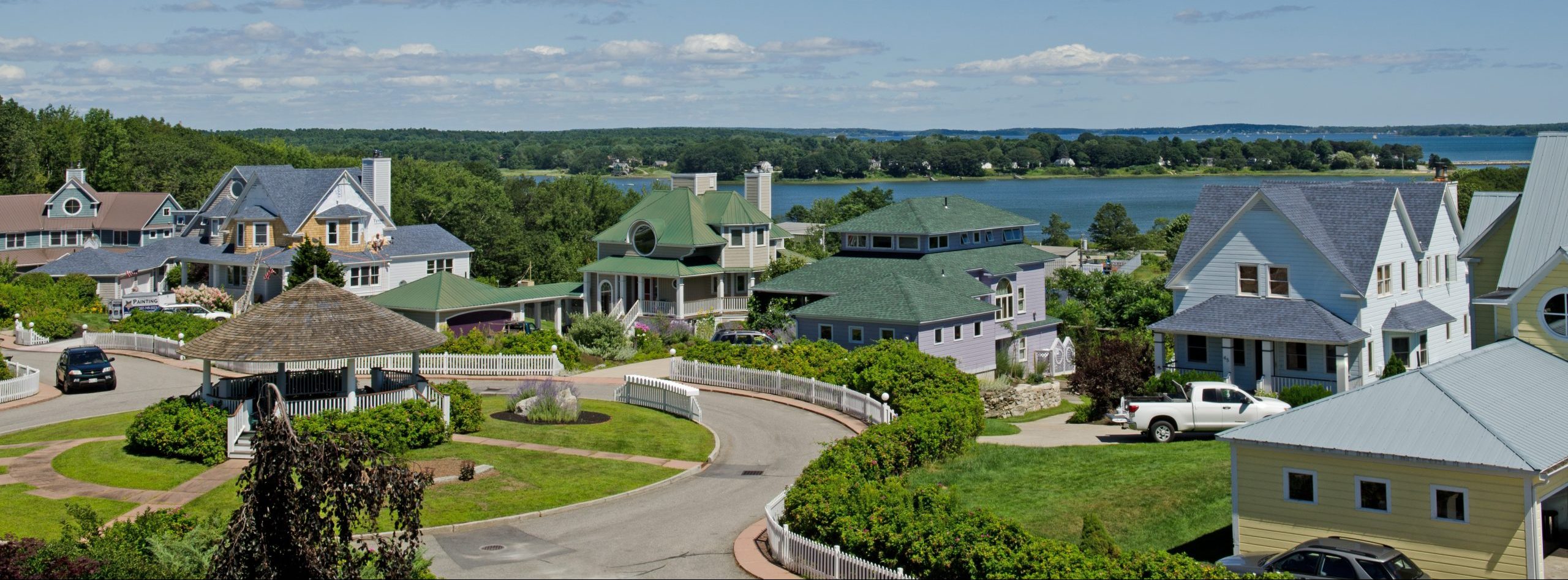Owning waterfront property in Maine is a dream, but it also comes with responsibilities. Shoreland zoining setback laws play a crucial role in protecting our state’s iconic shoreline while balancing the needs of homeowners and the environment. Understanding these regulations is essential for anyone looking to build, renovate, or invest in coastal or lakefront property. At Maine Home Connection, we’re here to help you navigate the process and maximize your property’s potential.
What Are Maine’s Waterfront Setback Laws?
Wetland setback laws in Maine regulate how close structures can be built to the water, ensuring long-term sustainability and protection against erosion, storms, and rising sea levels. These laws, part of the state’s Shoreland Zoning Act, are designed to:
- Preserve Maine’s stunning coastal views and natural habitats
- Reduce property damage from storms and flooding
- Maintain the ecological balance of our shoreline
Understanding the Shoreland Zoning Act
Maine’s Shoreland Zoning Act sets clear guidelines for coastal development. Generally, new structures must be built at least 75 feet from the high-water line. However, in areas with steep slopes or erosion risks, that setback may extend to 100 feet or more. Property owners should carefully measure their buildable area to ensure compliance or seek a variance through their local town office if adjustments are needed. See Frequently Asked Questions for waterfront additional details.
How Setback Laws Impact Your Property Plans
Whether you own a waterfront home or are considering purchasing one, setback laws can influence your plans. Here’s what you need to know:
- Building a New Home: Your home’s footprint must fit within the designated buildable area, which may require design modifications.
- Adding Outdoor Features: Decks, patios, and gazebos may be subject to the same setback requirements as homes.
- Erosion Control: Protective measures like riprap (rock barriers) or vegetation buffers may be necessary but require approval to ensure compliance with setback laws.
The Benefits of Coastal Setback Laws
While these regulations may seem restrictive, they offer long-term advantages:
- Enhanced Property Value: Homes built in compliance with setback laws are less vulnerable to storm damage, preserving their value over time.
- Scenic Preservation: Protecting Maine’s coastline ensures continued appeal for homeowners, visitors, and future buyers.
- Environmental Conservation: These laws safeguard wildlife habitats and the overall health of our coastal ecosystems.
Building regulations regarding waterfront homes has changed dramatically over the years. There are more restrictions and getting close the water is more difficult. For this reason my buyers will consider older homes that were constructed before such legislation was in place. Download a copy of the Maine Shoreline Zone Guide.
Navigating the Process: Where to Start
- Consult Local Officials: Contact your town office or the Maine Department of Environmental Protection (DEP) to determine your property’s specific setback requirements.
- Work with Coastal Construction Experts: Contractors with experience in waterfront development can help ensure compliance while optimizing your design.
- Partner with a Knowledgeable Real Estate Agent: At Maine Home Connection, we understand the complexities of coastal properties. We can guide you through regulations, connect you with trusted professionals, and help you make informed decisions.
Your Coastal Dream, Protected
Maine’s coastal setback laws may require some extra planning, but they ultimately protect the beauty and stability of our shoreline. Whether you’re building, buying, or renovating, knowing these regulations will help you make the most of your waterfront investment. At Maine Home Connection, we’re here to ensure that your coastal dream remains both breathtaking and sustainable.
Moving to Maine?









